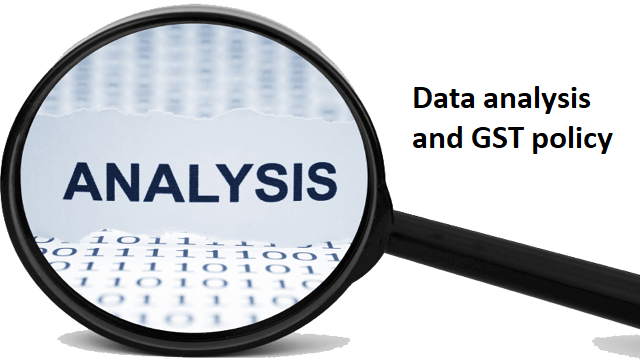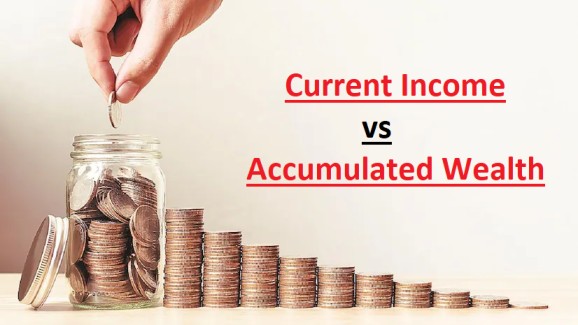
Data analysis and GST policy
- December 7, 2024
- 0
We have not utilized the rich vein of GST data. It is time now to open this up to all private research outfits and public finance groups in our universities. What are the important areas of research with implications for policymaking?
When GST implementation was debated, it was claimed that by the abolition of entry tax and octroi, the so-called “border taxes”, inter-state trade would increase. We need to dive deep into this claim using IGST data and other proxy datasets. It is important to know whether the Indian market has expanded post-GST, and which states have gained.
Another crucial area is the impact of GST on small businesses and the whole process are not formalising the economy. Small businesses are not one uniform category, as it is often made out to be. In fact, GST reforms should have boosted the fortunes of all small services companies that would have had the opportunity to utilise blocked credits on taxes paid on capital goods.
There is an urgent need for rate rationalsation to improve the buoyancy of GST. The government has constituted a Group of Ministers (GoM) Committee. The Committee has a difficult task ahead, for it has to balance the twin objectives of maintaining “revenue neutrality” and avoiding “Inflationary pressures”.
All exemptions have to be phased out, except for those goods that were value-added tax except in the pre-GST era.
There is a case for reducing the exemption limit for all units under GST but it needs to be understand that exceptions are “Poison not panacea” in the GST universe because they deprive businesses of input tax credits.
It has been found that fake invoices are often issued in the name of exempted units. Fewer exemptions would boost GST revenues and stimulate manufacturing on the demand side through the reduction in the standard rate.
Within this, we could have a three-tier structure with the lowest rate on raw materials/components, a slightly higher rate on intermediates, and the highest for finished goods.
This will rectify the inverted duty structure and make available critical raw materials and components to our manufacturing industries.
In conclusion, the GST’s “happy ending” would be possible if appropriate policy reforms are put in place. It would also spark a manufacturing renaissance, especially in labour-intensive manufacturing.
VS KRISHNAN
👇 Please Note 👇
Thank you for reading our article!
If you don’t received industries updates, News & our daily articles
please Whatsapp your Wapp No. or V Card on 8278298592, your number will be added in our broadcasting list.


































































